Where are the cameras of new energy vehicles installed? With the popularization of intelligent driving technology, the cameras of new energy vehicles have become a key component for sensing road conditions and improving safety. The distribution of these “electronic eyes” has been carefully designed to ensure full coverage of the field of view and balance between function and aesthetics.
1. Front face: the “main view” of intelligent driving
The camera at the front of the vehicle is usually installed on the roof or above the front windshield, and some models embed it in the brand logo. This position can provide the widest forward field of view and support functions such as adaptive cruise control (ACC) and lane keeping assist (LKA). For example, Tesla’s Autopilot system relies on the front-view camera to identify traffic signs, pedestrians and vehicles, and cooperates with millimeter-wave radar to achieve full-speed following.
2. Rearview mirror: “Sentinel” for blind spot monitoring
The cameras under or built-in the rearview mirrors on both sides are mainly responsible for blind spot monitoring (BSD) and lane change assistance. This type of camera captures the blind spots on both sides of the vehicle body through a wide-angle lens. When a vehicle approaches in the adjacent lane, the rearview mirror warning light will promptly remind the driver. The electronic rearview mirrors of some models even completely replace traditional lenses with cameras to provide a clearer field of view.
3. In-car: “window” of human-computer interaction
The DMS (driver monitoring system) camera located on the center console or A-pillar monitors the driver’s fatigue status through infrared technology. It can identify the frequency of blinking and head posture, and immediately issue a warning once distraction or fatigue is detected. Some models also combine the in-car camera with gesture control to achieve touch-free operations such as air conditioning adjustment and music switching.
4. Side of the car body: “puzzle” of panoramic parking
The surround cameras installed on the four door handles or wheel eyebrows are the core of the 360° panoramic imaging system. They splice the real-time images around the car body into a “God’s perspective” to help the driver accurately judge the distance to the parking space. The “transparent chassis” technology of brands such as Weilai can even simulate the virtual field of view under the vehicle through algorithms.
5. Tail: “third eye” for reversing into the garage
The camera above the rear license plate frame or the tailgate handle is designed for reversing images. Its ultra-wide angle can cover the entire rear environment, and the dynamic trajectory line assists the driver in planning the reversing path. Some high-end models superimpose millimeter-wave radar at this position to achieve obstacle detection during automatic parking.
Collaborative safety network
These cameras do not operate in isolation, but perform data fusion through on-board chips. For example, the front and side view cameras work together to predict intersection risks, and the in-car and rearview mirror cameras can monitor the situation of passengers left behind. In the future, as the level of autonomous driving increases, cameras will evolve to higher resolution and longer detection distance, weaving a tighter safety net for new energy vehicles.

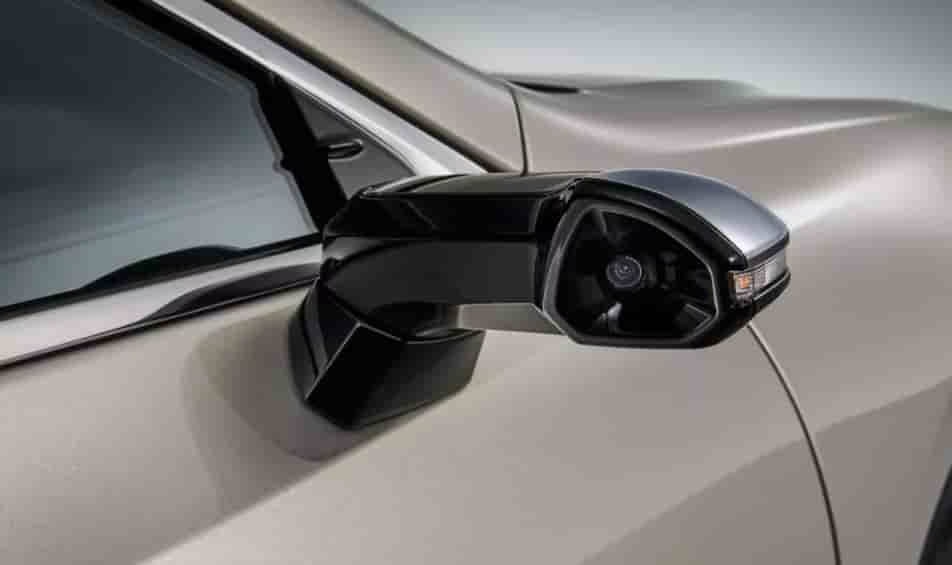

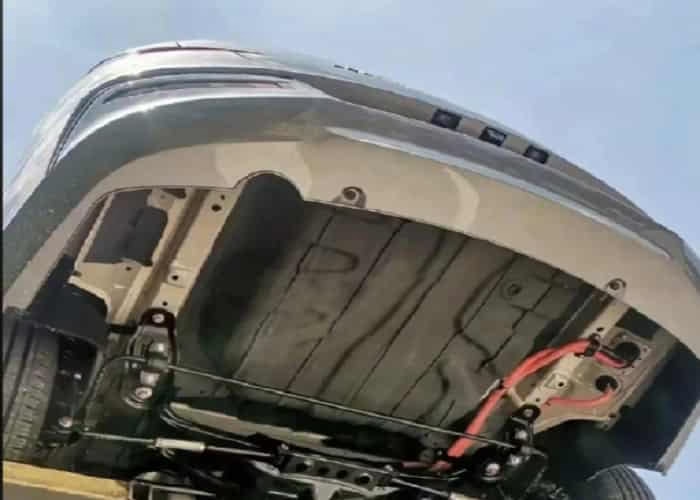


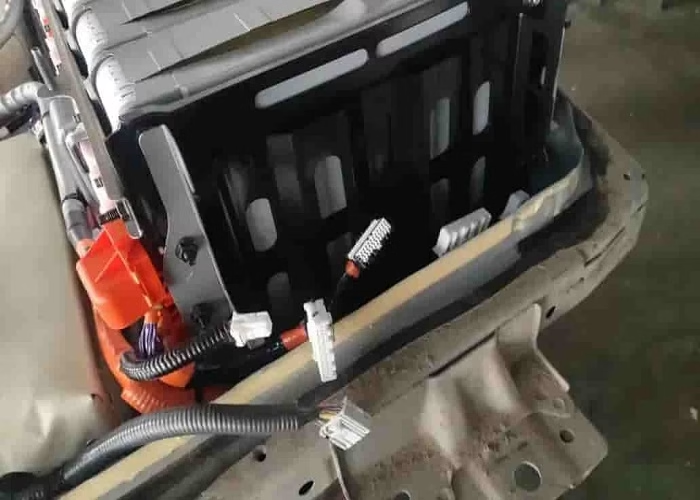
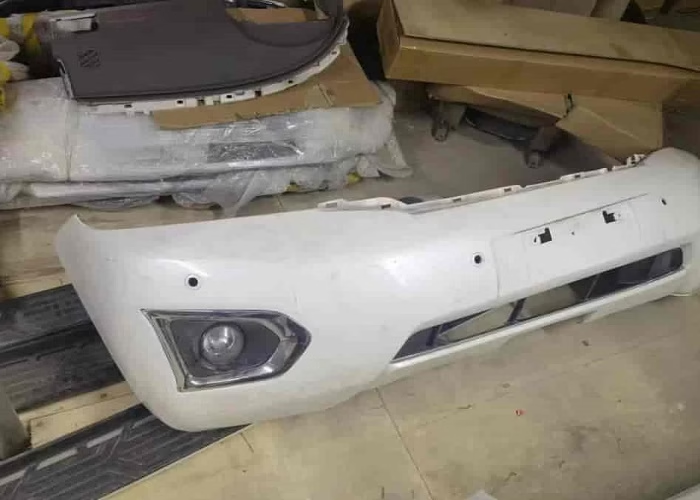
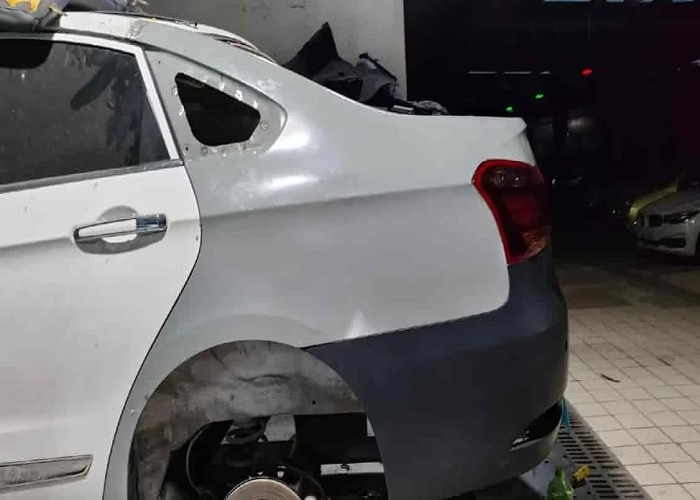
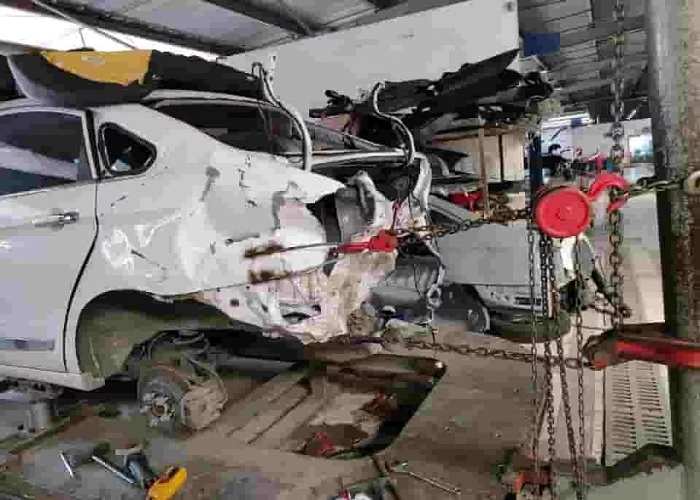
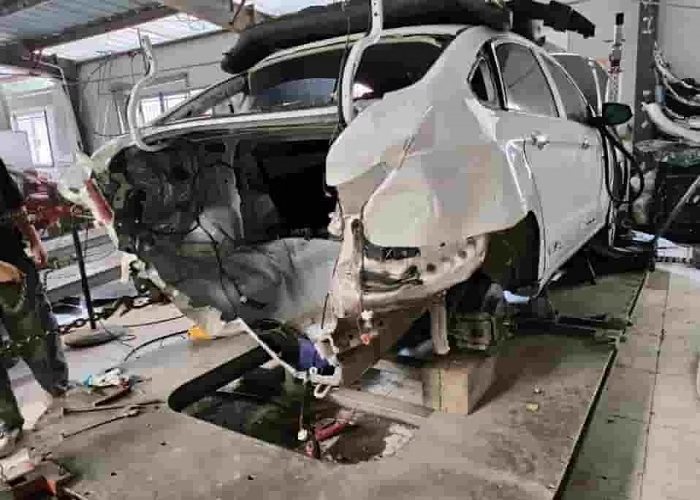
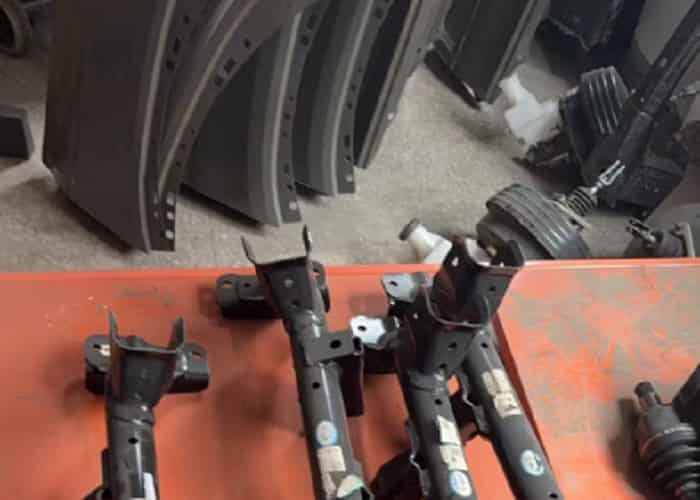




Leave a Reply